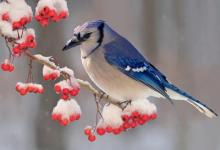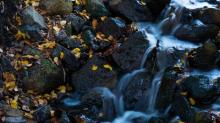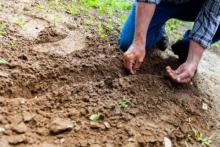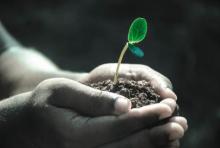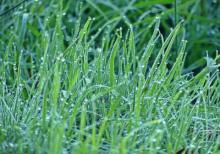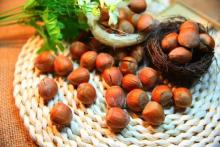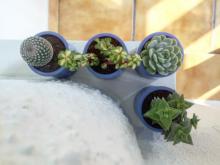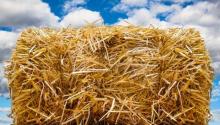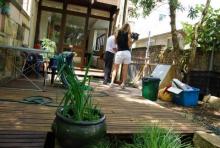Organic Home Gardening Series: 7 Plants That Naturally Feed Birds In Winter
Winter can be a beautiful time to connect with nature and watch birds forage for food. Something that has become particularly popular nowadays is using bird feeders to help give birds access to food through the winter. There are studies still being conducted on the effects that personal feeders have on the bird population, so it has not been fully concluded in research whether they are harmful or not. With that being said, the more sustainable route seems to always be the best way to go. This can be accomplished by growing plants that produce bird-food during the cold season.

